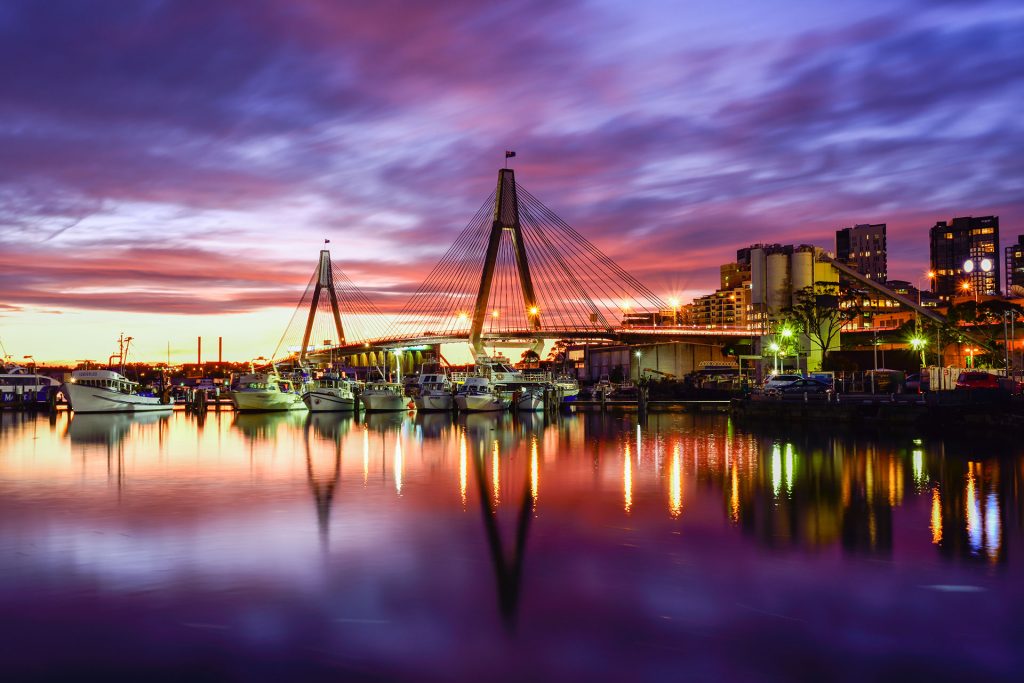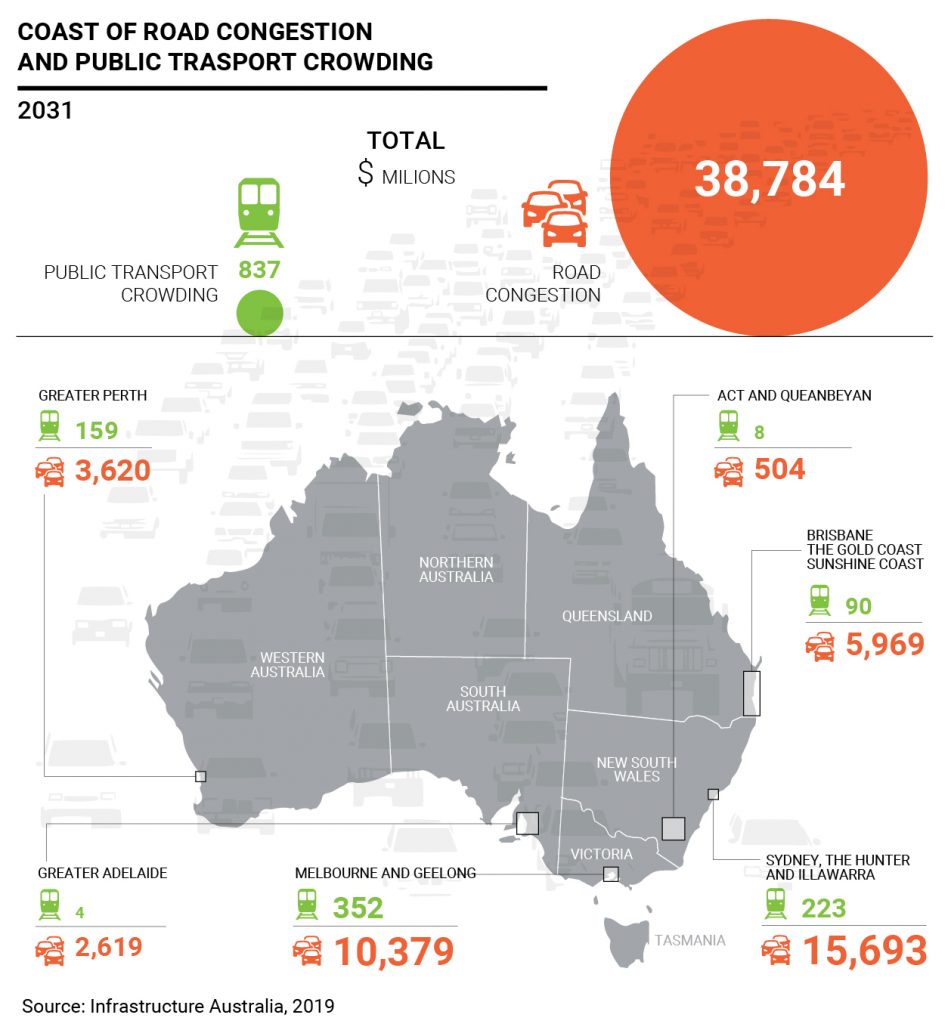
More than half of Australians would like the government to invest more in transport infrastructure, while the same number among those living in the periphery of large cities do not have access to public transport, according to the latest audit by Infrastructure Australia, the independent public agency guiding the country’s infrastructure development.
For the audit, infrastructure investment is necessary to keep up with a changing world.
«Australia’s infrastructure faces a range of challenges – vast distances, extreme weather, increasing maintenance backlogs and rapidly growing cities», writes Julieanne Alroe, Infrastructure Australia’s chair. «While increased levels of public and private investment are welcome, we still rank below the OECD average for infrastructure investment. The world is rapidly changing, and at a faster rate than we’ve experienced in the past. This brings immense opportunities to further improve the lives of Australians but also poses challenges regarding how we plan, deliver and operate our infrastructure».
The Australian transport system
The picture that emerges from the audit commissioned by the government is a country that has made substantial investments and possesses rich infrastructure assets. This, however, is not enough to keep pace with the considerable growth of the country’s largest cities and meet the population’s mobility needs, according to the audit.
Australia’s railway network covers as many kilometres as the distance from Sydney to London and back; its road network covers a length equal to 22 times the Earth’s circumference; and each year the public transport system receives enough financing to build the Sydney Opera House eight times over.
These are impressive numbers. But they are not enough to meet people’s mobility needs. In fact, Australians use public transport to reach the workplace for only one trip out of 10. Nearly all urban and extra-urban transport takes place on the road: each year, Australians drive a distance equivalent to a thousand times between the earth and the sun.
Investment on new infrastructure is needed, the audit found. Without it, cities will fail to keep pace with population growth and become increasingly congested.
The cost of congestion for Australia’s big cities
Modernising the transport network is crucial to reducing congestion and improving the quality of life in the rapidly growing cities.
The audit estimates that congestion will cost AU$39.6 billion (US$30.1 billion) in 2031.
Most of it is due to road congestion (AU$38.8 billion), while public transport crowding will grow five times from 2016 to AU$837 million per year by 2031.
Although there is still a long way to go, Australia has made significant investments in transport infrastructure in recent years. Infrastructure Australia said between 2015 and 2019, 97 projects have been launched in Sydney (including WestConnex, Sydney Metro Northwest, Sydney CBD and Parramatta Light Rail) and 275 in Melbourne, including Melbourne Metro.

Although the total estimated cost of congestion in 2031 has fallen by AU$14.5 billion from the audit’s previous projection in 2015, the situation in the two largest cities is getting worse because public transport is not keeping up with population growth. Melbourne and Sydney’s respective populations are both forecast to reach about six million by 2031, according to various estimates.
This factor, together with ageing road networks, has contributed to an increase in motor vehicle accidents. In 2018, 1,226 Australians died and about 36,000 ended up in hospital due to road accidents, costing the Australian economy AU$30 billion annually, according to government statistics. This number can only be reduced by increasing investment in transport infrastructure.
Investing in infrastructure modernisation
After falling between 2013 and 2015, Australia’s transport infrastructure investments have started to grow again, and government spending on new projects in 2018 was AU$39 billion, the audit said. This figure does not include maintenance costs of existing infrastructure. Although the role of private investors has grown in recent years, 60% of public transport appropriations comes from state governments. As for roads, two-thirds of spending comes from public funds.
The dream of high-speed rail
Although rail transport is spreading rapidly in Australian cities and the country has an extensive railway network, it has no high-speed lines. Local and federal governments have started discussing a project for such a line along the east coast. The 2019 Audit said a study is under way to build a line linking Brisbane, Sydney, Canberra and Melbourne, with intermediate stops in smaller cities. The audit cited a 2013 study saying construction would cost AU$114 billion and would not be finished until 2058.
Bringing high-speed rail to Australia is a massive undertaking, and Infrastructure Australia has reiterated its view that the country needs a high-speed corridor. The government of New South Wales is analyzing four possible routes for a future high-speed line, working in tandem with the federal government.

